SDG GOAL 11
SUSTAINABLE CITIES AND COMMUNITIES
Make cities and human settlements inclusive, safe, resilient and sustainable
|
|
|
|
DIRECT NAVIGATION TO INDIVIDUAL WEBPAGE FOR EACH GOAL
|
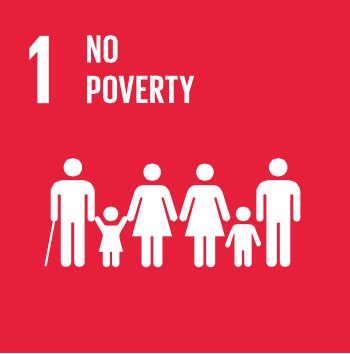
|
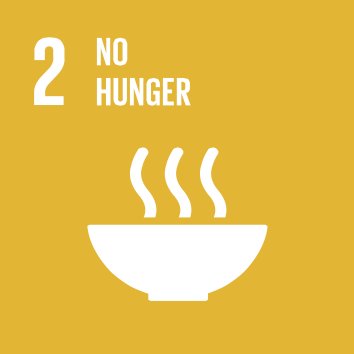
|
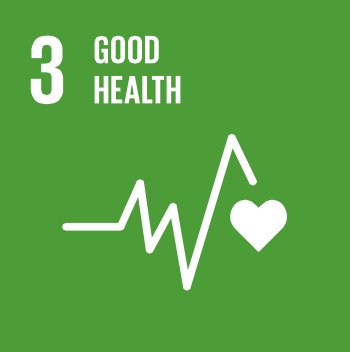
|
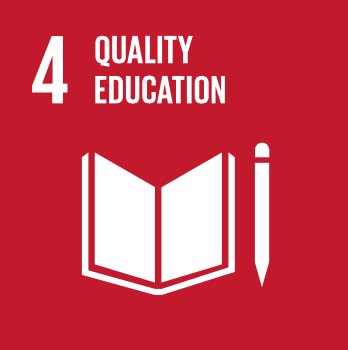
|
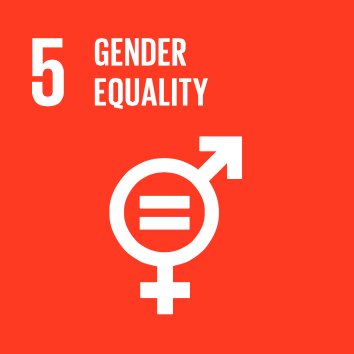
|
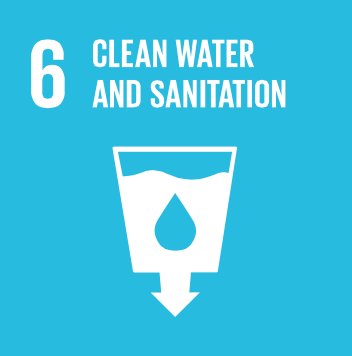
|
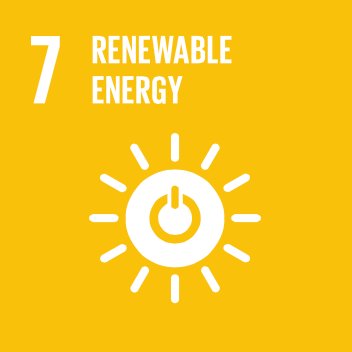
|
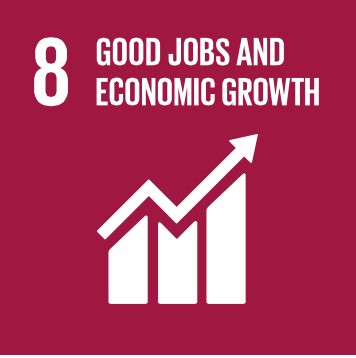
|
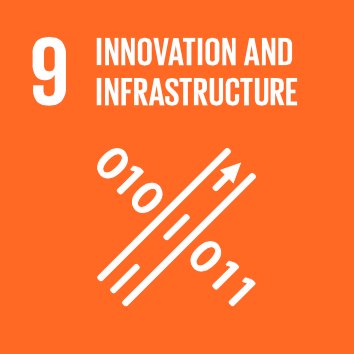
|
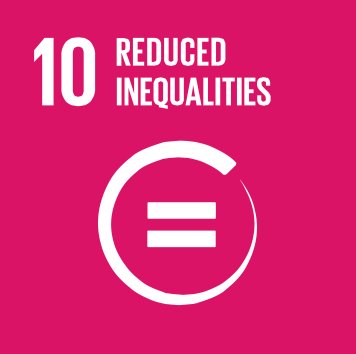
|
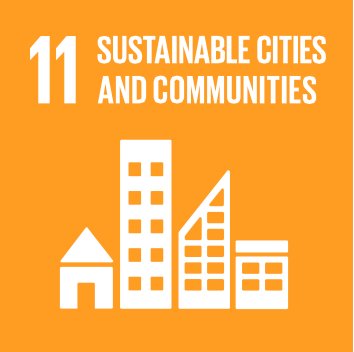
|
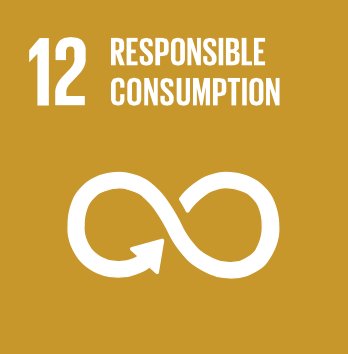
|
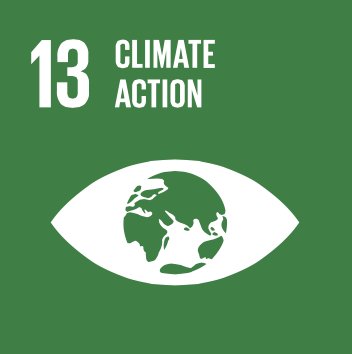
|
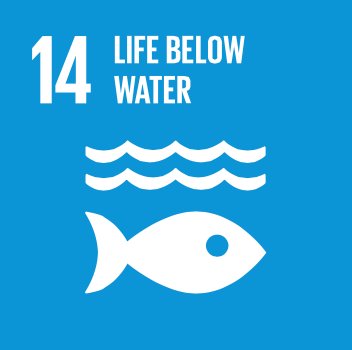
|
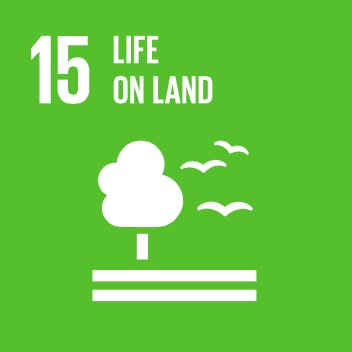
|
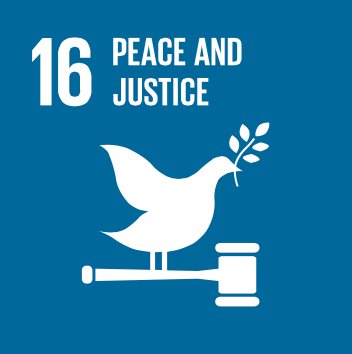
|
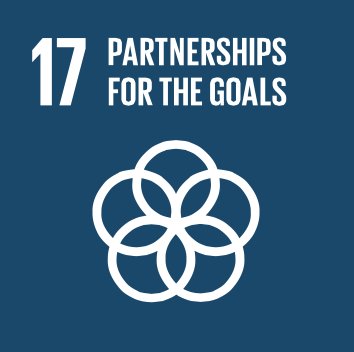
|
|
SDG GOAL 11 ... GOOD JOBS AND ECONOMIC GROWTH
Make cities and human settlements inclusive, safe, resilient and sustainable
|

|
GOAL 11. SUSTAINABLE CITIES AND COMMUNITIES ... Make cities and human settlements inclusive, safe, resilient and sustainable
|
|
|
Goals and targets
|
Indicators
|
|
|
11.1
|
By 2030, ensure access for all to adequate, safe and affordable housing and basic services and upgrade slums
|
11.1.1 Proportion of urban population living in slums, informal settlements or inadequate housing
|
|
|
11.2
|
By 2030, provide access to safe, affordable, accessible and sustainable transport systems for all, improving road safety, notably by expanding public transport, with special attention to the needs of those in vulnerable situations, women, children, persons with disabilities and older persons
|
11.2.1 Proportion of population that has convenient access to public transport, by sex, age and persons with disabilities
|
|
|
11.3
|
By 2030, enhance inclusive and sustainable urbanization and capacity for participatory, integrated and sustainable human settlement planning and management in all countries
|
11.3.1 Ratio of land consumption rate to population growth rate
>br>11.3.2 Proportion of cities with a direct participation structure of civil society in urban planning and management that operate regularly and democratically
|
|
|
11.4
|
Strengthen efforts to protect and safeguard the world’s cultural and natural heritage
|
11.4.1 Total expenditure (public and private) per capita spent on the preservation, protection and conservation of all cultural and natural heritage, by type of heritage (cultural, natural, mixed and World Heritage Centre designation), level of government (national, regional and local/municipal), type of expenditure (operating expenditure/investment) and type of private funding (donations in kind, private non-profit sector and sponsorship)
|
|
|
11.5
|
By 2030, significantly reduce the number of deaths and the number of people affected and substantially decrease the direct economic losses relative to global gross domestic product caused by disasters, including water-related disasters, with a focus on protecting the poor and people in vulnerable situations
|
11.5.1 Number of deaths, missing persons and persons affected by disaster per 100,000 peoplea
11.5.2 Direct disaster economic loss in relation to global GDP, including disaster damage to critical infrastructure and disruption of basic servicesa
|
|
|
11.6
|
By 2030, reduce the adverse per capita environmental impact of cities, including by paying special attention to air quality and municipal and other waste management
|
11.6.1 Proportion of urban solid waste regularly collected and with adequate final discharge out of total urban solid waste generated, by cities
11.6.2 Annual mean levels of fine particulate matter (e.g. PM2.5 and PM10) in cities (population weighted)
|
|
|
11.7
|
By 2030, provide universal access to safe, inclusive and accessible, green and public spaces, in particular for women and children, older persons and persons with disabilities
|
11.7.1 Average share of the built-up area of cities that is open space for public use for all, by sex, age and persons with disabilities
11.7.2 Proportion of persons victim of physical or sexual harassment, by sex, age, disability status and place of occurrence, in the previous 12 months
|
|
|
11.a
|
Support positive economic, social and environmental links between urban, peri-urban and rural areas by strengthening national and regional development planning
|
11.a.1 Proportion of population living in cities that implement urban and regional development plans integrating population projections and resource needs, by size of city
|
|
|
11.b
|
By 2020, substantially increase the number of cities and human settlements adopting and implementing integrated policies and plans towards inclusion, resource efficiency, mitigation and adaptation to climate change, resilience to disasters, and develop and implement, in line with the Sendai Framework for Disaster Risk Reduction 2015-2030, holistic disaster risk management at all levels
|
11.b.1 Proportion of local governments that adopt and implement local disaster risk reduction strategies in line with the Sendai Framework for Disaster Risk Reduction 2015-2030a
11.b.2 Number of countries with national and local disaster risk reduction strategiesa
|
|
|
11.c
|
Support least developed countries, including through financial and technical assistance, in building sustainable and resilient buildings utilizing local materials
|
11.c.1 Proportion of financial support to the least developed countries that is allocated to the construction and retrofitting of sustainable, resilient and resource-efficient buildings utilizing local materials
|
|
INDICATORS / WORKING NOTES
Goal 06 ... Proposed Indicators 72 to 76
Potential and Illustrative Core Indicators
|
|
Indicator 72:
|
Percentage of urban population living in slums or informal settlements (MDG Indicator)
Rationale and definition: This indicator measures the percentage of the urban population living in slums or
informal settlements, as defined by UN-Habitat. The indicator is calculated by taking the number of people
living in slums of a city divided by the total population of this city, expressed as a percentage. At the country
level, this percentage is calculated by taking the total number of people living in slums of all the cities of a
country divided by the total population living in all the cities of the given country.145
UN-Habitat has developed a household level definition of a slum household in order to be able to use
existing household-level survey and census data to identify slum dwellers among the urban population. A
slum household is a household that lacks any one of the following five elements:
• Access to improved water (access to sufficient amount of water for family use, at an affordable
price, available to household members without being subject to extreme effort)
• Access to improved sanitation (access to an excreta disposal system, either in the form of a private
toilet or a public toilet shared with a reasonable number of people)
• Security of tenure (evidence of documentation to prove secure tenure status or de facto or
perceived protection from evictions)
• Durability of housing (permanent and adequate structure in non-hazardous location)
• Sufficient living area (not more than two people sharing the same room)
Disaggregation: By sex of head of household and age.
Comments and limitations: Not all slums are the same and not all slum dwellers suffer from the same degree
of deprivation. The degree of deprivation depends on how many of the five conditions that define slums are
prevalent within a slum household. Approximately one-fifth of slum households live in extremely poor
conditions, defined by UN-Habitat as lacking more than three basic shelter needs.146 The definition of the
water and sanitation component of the index may need to be reviewed to ensure full consistency with the
water supply and sanitation indicators currently under development by the WHO/UNICEF JMP (indicators 57
and 58).
Preliminary assessment of current data availability by Friends of the Chair: A
Potential lead agency or agencies: UN-Habitat and the Global City Indicators Facility (GCIF).
|
|
|
Indicator 4:
|
Percentage of women and men in urban areas with security of tenure, measured by (i) percentage with documented rights to housing, and (ii) percentage who do not fear arbitrary eviction
Rationale and definition: The absence of security of tenure for urban dwellers over their housing can have
important implications for economic development, poverty reduction, and social inclusion. This proposed
new indicator comprises two components: (i) percentage with documented rights to housing and (ii)
percentage who do not fear arbitrary eviction. Documentation and perception provide critical and
complementary information on tenure security. In addition, they both highlight outcomes and on-the-
145 Global City Indicators Facility.
See: http://mdgs.un.org/unsd/mdg/seriesdetail.aspx?srid=710
146 UN-Habitat, (2006), State of the World’s Cities 2006/7.
See: http://www.unhabitat.org/documents/media_centre/sowcr2006/sowcr%205.pdf
Revised working draft (July 25, 2014)
82
ground realities. The proposed focus on “documented rights” is flexible enough to cover a range of tenure
rights in different country contexts. Because documentation alone, while important, is often not sufficient to
gauge true tenure security, the perception measure provides valuable complementary information. In
addition, the perception measure may facilitate more useful comparisons across countries.
Disaggregation: By sex and income. Further opportunities for disaggregation to be reviewed.
Comments and limitations: The rural component of this indicator is included under target 6c.
Preliminary assessment of current data availability by Friends of the Chair: To be determined.
Potential lead agency or agencies: UN-Habitat, UNDP
|
|
|
Indicator 73:
|
Percentage of urban households with regular solid waste collection
Rationale and definition: Urban households produce substantial amounts of solid waste that must be
collected regularly and disposed of properly in order to maintain healthy and sanitary living conditions.
Uncollected solid waste can end up in drains, causing blockages that result in flooding and unsanitary
conditions. Mosquitos that spread malaria and dengue can breed in blocked drains.147 In addition, some
constituents of solid waste, such as organic matter, can attract flies and rodents that spread gastro intestinal
and parasitic diseases.148
Sustainable solid waste management is essential. Source reduction, recycling, and composting are preferred
methods and should be promoted, as they reduce demand on scarce environmental resources, reduce
energy use, and minimize the quantity of waste that must eventually be disposed of via incinerators and
landfills.
UN-Habitat (2009) has specified that solid waste collection can include collection from individual
households, regular dumpster group collection, but not local dumps to which the household must carry
garbage. Solid waste collection should be considered regular and adequate if it occurs at least once a week.
Disaggregation: Opportunities for disaggregation to be reviewed.
Comments and limitations: In many countries, monitoring systems for solid waste collection are weak, with
data that is incomplete or not available. The development of adequate monitoring systems may require a
major effort in some countries.
Preliminary assessment of current data availability by Friends of the Chair: A
Potential lead agency or agencies: Data on solid waste collection may be available from municipal bodies,
public services, and private contractors dealing with solid waste collection and disposal, or NGOs. Within
cities, waste collection may vary from one area to another depending on the level of tax payment.149 Data
can be presented to UN-Habitat at the city or national urban level.
|
|
|
Indicator 74:
|
Percentage of people within [0.5] km of public transit running at least every [20] minutes
Rationale and definition: This indicator measures access to reliable public transportation, using a proxy of
percentage of population within [0.5] kilometers of public transit running at least every [20] minutes. Public
147 UN-Habitat, (2009), Urban Indicator Guidelines: Better Information, Better Cities, Monitoring the Habitat Agenda and the
Millennium Development Goals – Slum Target, Nairobi, Kenya: UN-Habitat.
148 Sustainable Communities Index. See : http://www.sustainablecommunitiesindex.org/indicators/view/4 149 Ibid, and UN-Habitat, (2009).
Revised working draft (July 25, 2014)
83
transportation is defined as a shared passenger transport service that is available to the general public. It
includes buses, trolleys, trams, trains, subways, and ferries. It excludes taxis, car pools, and hired buses,
which are not shared by strangers without prior arrangement.
Effective and low-cost transportation for mobility is critical for urban poverty reduction and economic
development because it provides access to jobs, health care, education services, and more. The Partnership
on Sustainable Low-Carbon Transport (SLoCaT)150 and others propose indicators for urban access to
sustainable transport that include: mean daily travel time, percentage of income spent by urban families on
transport, and percentage of households within 500 meters of good quality, affordable public
transportation.
Disaggregation: Households should be disaggregated spatially and in terms of potential disadvantage (such
as gender, age, disability) to ensure access for all.
Comments and limitations: No internationally agreed methodology exists for measuring convenience and
service quality of public transportation. In addition, global data on urban transport systems do not exist.
Although some data exists for public transport companies and individual cities, harmonized and comparable
data on the world level do not yet exist. To obtain this data would require going down to municipal/city
level, as urban transport is most often not under direct responsibility of national governments. In general,
there is currently a lack of data on the number of people with access to mass transit and on transport
infrastructure.151
Preliminary assessment of current data availability by Friends of the Chair: B
Potential lead agency or agencies: UN-Habitat.
|
|
|
Indicator 75:
|
[Indicator on the deployment of a sustainable development strategy for each urban agglomeration above [250,000] – to be developed
Rationale and definition: Sustainable development in urban areas requires long-term strategies that
integrate infrastructure development, the provision of urban services, deep decarbonization efforts and land
use. Such strategies are specific to each city and therefore need to be developed at the city level. Public
discussion and consultation on such strategies will ensure that they meet the needs of the entire urban
population, including businesses. We propose developing an indicator that tracks which of the larger urban
centers, e.g. with populations above 250,000, have developed a sustainable development strategy. Ideally
each country would develop a national registry of such strategies and collect key performance targets
identified for each city. Such an indicator will help focus attention on the long-term sustainable development
needs of cities, and promote citywide dialogues on appropriate sustainable development pathways.
This indicator would follow up on the work of Agenda 21, the non-binding, voluntarily implemented action
plan on sustainable development that the United Nations developed at the UNCED in Rio in 1992. Chapter
28 of this document recommended that local governments take steps to implement the plan locally, and
these programs are often referred to as “Local Agenda 21”.
Disaggregation: By city and province, by city size.
Comments and limitations: To be reviewed.
Preliminary assessment of current data availability by Friends of the Chair: C
Potential lead agency or agencies: World Bank, UN-Habitat.
150 Sayeg, P., Starkey, P., and Huizenga, C., (2014), Updated Draft Results Framework on Sustainable Transport, SLoCAT (Partnership
on Sustainable Low Carbon Transport). See: http://www.slocat.net/results-framework-sustainable-transport
151 UN Statistics Division, (2014).
Revised working draft (July 25, 2014)
84
|
|
|
Indicator 76:
|
Urban green space per capita
Rationale and definition: This indicator measures the amount of urban green space available to residents of
a city. Urban green space is defined as including: amenity areas and allotments, formal open space and
outdoor recreation areas, informal open space and children’s playgrounds, public parks, heritage parks,
nature conservation areas and woodlands. This indicator is expressed in square meters per resident. An
alternative measure is individuals’ distance to an urban green space, but such a metric would have much
higher data requirements.
Urban green spaces are important for quality of life in increasingly urbanized societies. Empirical evidence
indicates that the presence of natural areas serves social and psychological purposes (recreation, relaxation,
improved health), as well as providing environmental and ecological services (cooling, water management,
carbon capture).152
Disaggregation: Opportunities for disaggregation to be reviewed.
Comments and limitations: Numerous tools are available for assessing urban green space. Some are
universal, like remote sensing, and some are location-specific such as on-site surveys.
Preliminary assessment of current data availability by Friends of the Chair: B
Potential lead agency or agencies: UN-Habitat.
Additional indicators that countries may consider:
• City Biodiversity Index (Singapore Index). Self-assessment tool for cities to evaluate their
biodiversity conservation efforts along 23 indicators.153
• [Indicator on urban-rural economic linkages] - to be developed: this indicator will measure the
economic and social links between urban, peri-urban and rural areas
152 Chiesura, A., (2004), The role of urban parks for the sustainable city, Landscape and Urban Planning, 68:1, pp. 129-138. 153 Rodricks, S., (2010), Singapore City Biodiversity Index, Geneva: Switzerland: The Economics of Ecosystems and Biodiversity (TEEB).
Revised working draft (July 25, 2014)
|
|
|
|
|

